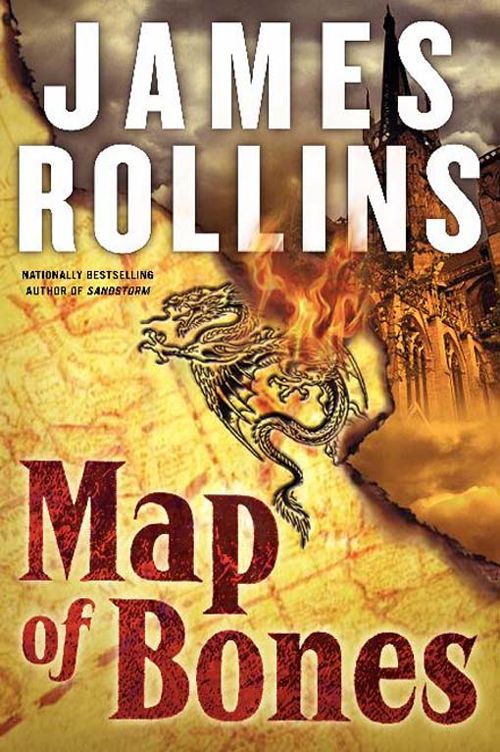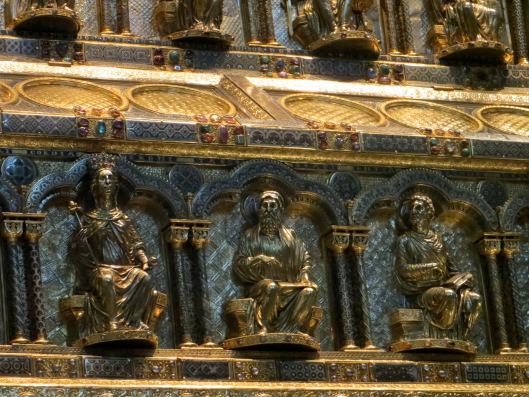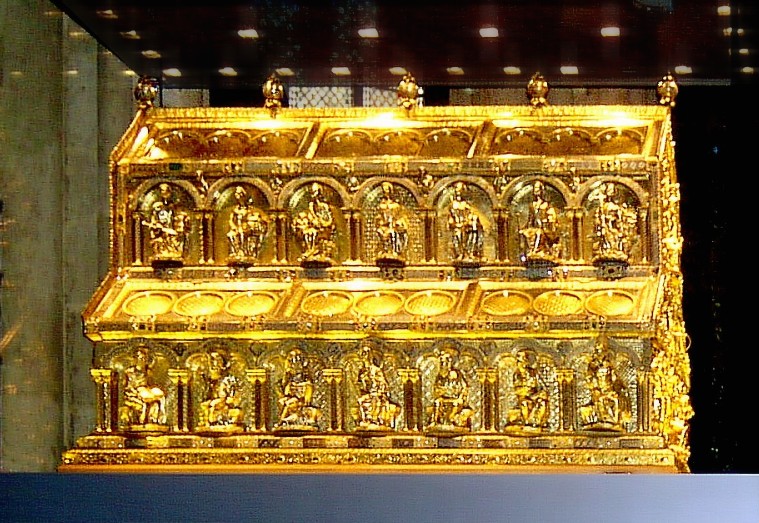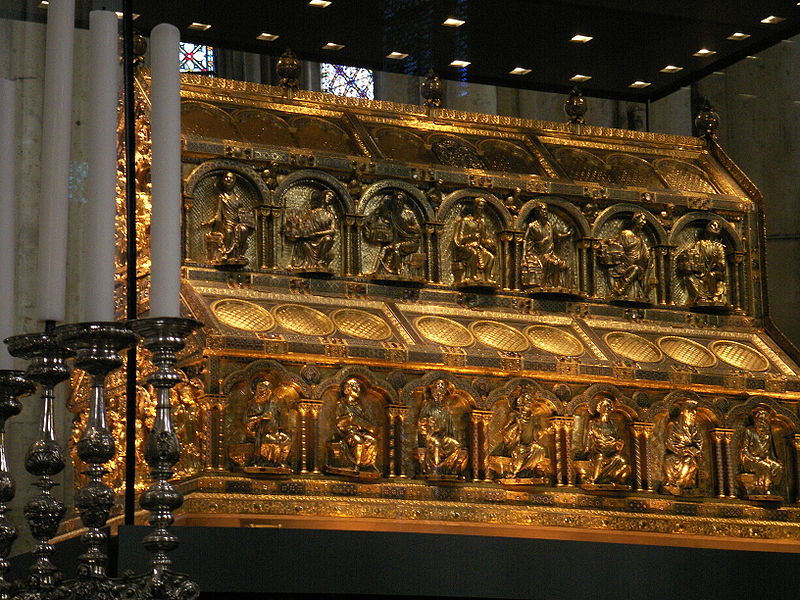During a crowded service at a cathedral in Germany, armed intruders in monks’ robes unleash a nightmare of blood and destruction. But the killers have not come for gold; they seek a more valuable prize: the bones of the Magi who once paid homage to a newborn savior . . . a treasure that could reshape the world.
With the Vatican in turmoil, Sigma Force under the command of Grayson Pierce leaps into action, pursuing a deadly mystery that weaves through sites of the Seven Wonders of the World and ends at the doorstep of an ancient, mystical, and terrifying secret order. For there are those with dark plans for the stolen sacred remains that will alter the future of humankind . . . when science and religion unite to unleash a horror not seen since the beginning of time.
Looking for a good book to read this summer? I highly recommend Map of Bones by James Rollins.
The book opens with an attack on the relics (bones) of the Magi in Cologne on July 23, the anniversary of the day the relics were brought to Cologne in 1164. The Three Kings were very popular and attracted a constant stream of pilgrims to Cologne. Construction of the present Cologne Cathedral was begun in 1248 to house these important relics. The cathedral took 632 years to complete and is now the largest Gothic church in northern Europe.
A mystery, “The Bishop and the Three Kings” by Andrew Greeley, is also about the theft of the shrine.
Read more about the shrine of the Magi in Cologne here.





